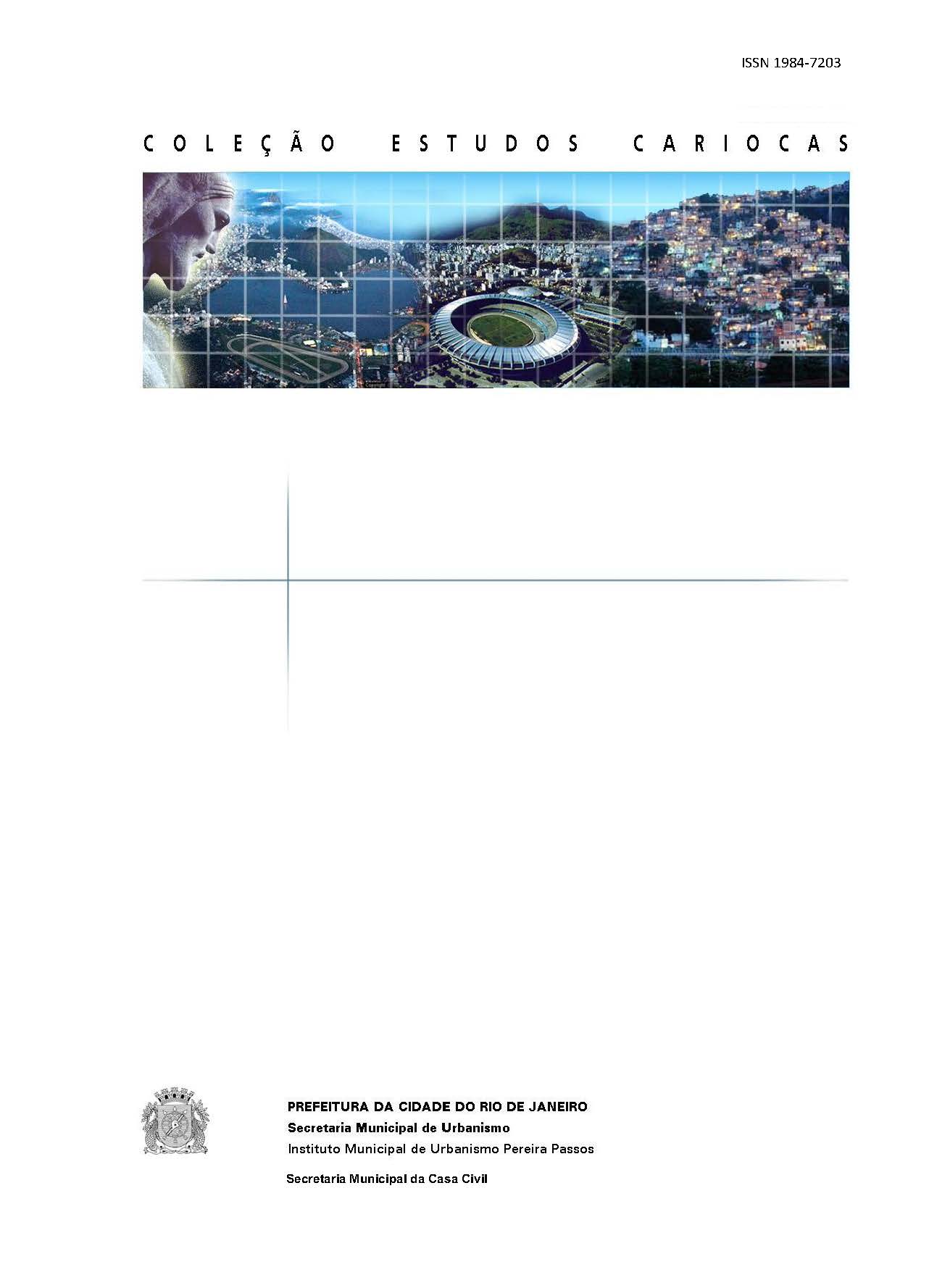Abstract
Between 1991 and 2006, the City of Rio de Janeiro underwent significant changes that reflect, in addition to the general socioeconomic conditions shared with other Brazilian municipalities, specific dynamics, to some extent influenced by federal, state, and municipal public policies. The choice of this period as the basis for this study is not due to any historical or institutional milestone, but rather, as explained below, to the existence of comparable data. However, one singular fact— which may also have influenced the behavior of local statistics— warrants mention: for at least ten of these sixteen years, the city had the same leader, a rare occurrence in the historical political landscape of Brazil's major urban centers.

This work is licensed under a Creative Commons Attribution 4.0 International License.
Copyright (c) 2008 Alcides Carneiro, Ana Carolina Aguilera Negrete, Fabricio Leal de Oliveira, Fernando Cavallieri, Helcio de Medeiros Junior, Inês Germano, Lucia Helena Barros dos Santos, Márcia Frota Sigaud, Maria Alice Fernandes Martins, Mérida Herasme Medina, Soraya Oliveira

